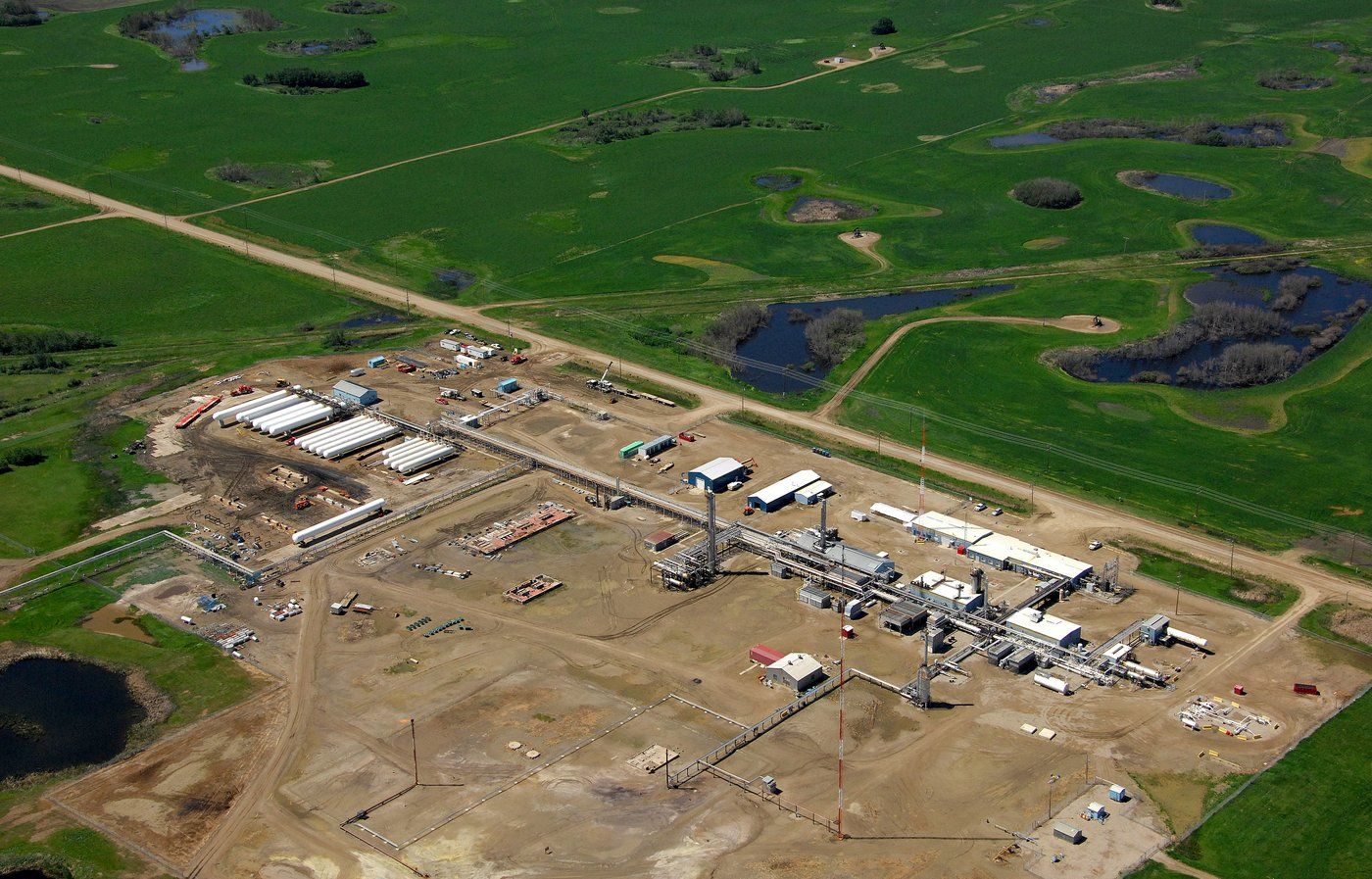![As pressure grows on the oil and gas sector to reduce its emissions, one Calgary-based company is banking on the potential to convert waste gas from oil wells into valuable electricity for nearby communities. The privately held Steel Reef Infrastructure Corp. — which owns and operates a network of crude oil and natural gas pipelines […]](/media/blogimages/Waste-flare-gas-from-oil-drilling-sites-to-help-power-Saskatchewan-s-electric_ZnM9bvf.jpg)
Waste flare gas from oil drilling sites to help power Saskatchewan’s electricity grid
As pressure grows on the oil and gas sector to reduce its emissions, one Calgary-based company is banking on the potential to convert waste gas from oil wells into valuable electricity for nearby communities. The privately held Steel Reef Infrastructure Corp. — which owns and operates a network of crude oil and natural gas pipelines […]
The company announced this week it has signed a series of power purchase agreements with Crown corporation SaskPower that will see it provide the utility with approximately 100 megawatts of electricity per year for Saskatchewan’s grid — enough to power 100,000 homes annually. The electricity, expected to come onto the province’s grid by late 2027, will be produced at five of Steel Reef’s gas plants in Saskatchewan, using recovered gas that would otherwise be flared into the atmosphere at well sites. “When we got into this, flare gas was an issue and it continues to be an issue,” said Steel Reef CEO Scott Southward in an interview. “To me it’s inefficient. If you’re flaring … you’re missing out on an opportunity, right? That’s a valuable product that can’t be used.” Flaring refers to the practice of burning off the excess natural gas associated with oil production. Natural gas is a byproduct that comes to the surface when companies drill oil wells. If the volumes of gas are small, and there are no pipelines nearby to transport the gas, companies often choose, for economic reasons, to dispose of it through flaring.



0 Comments